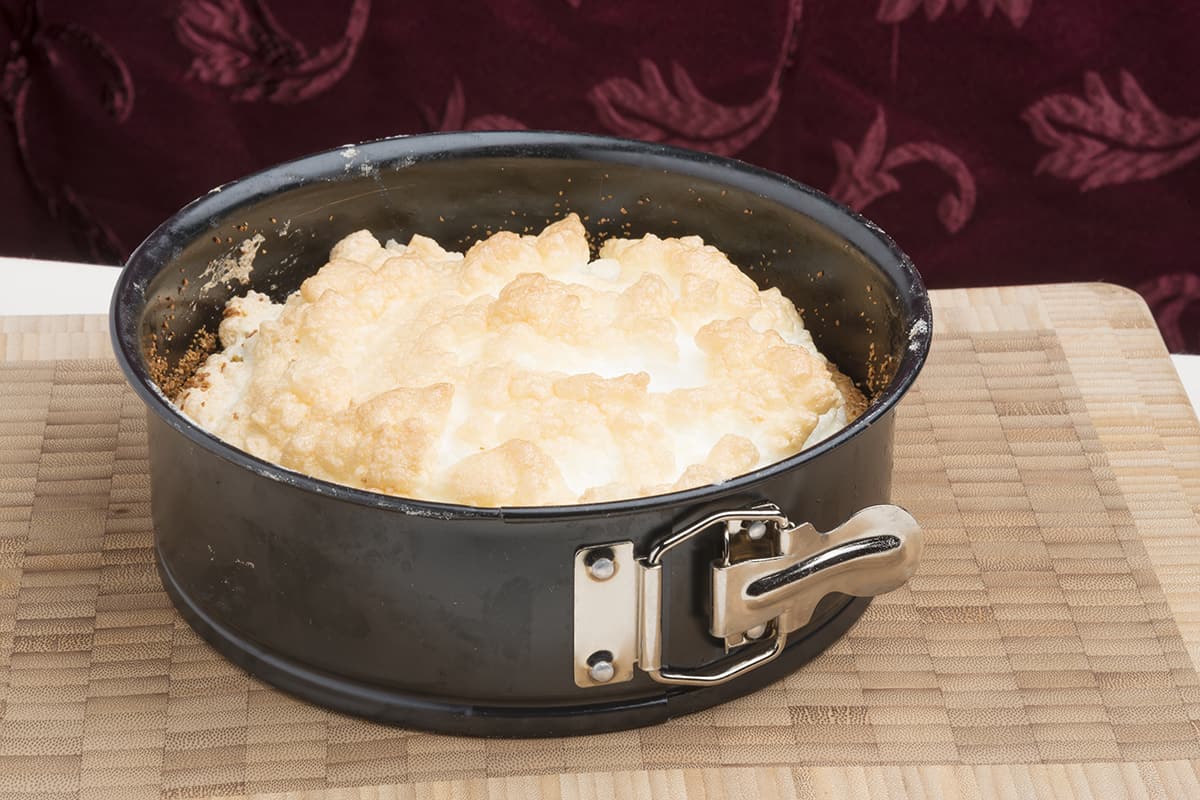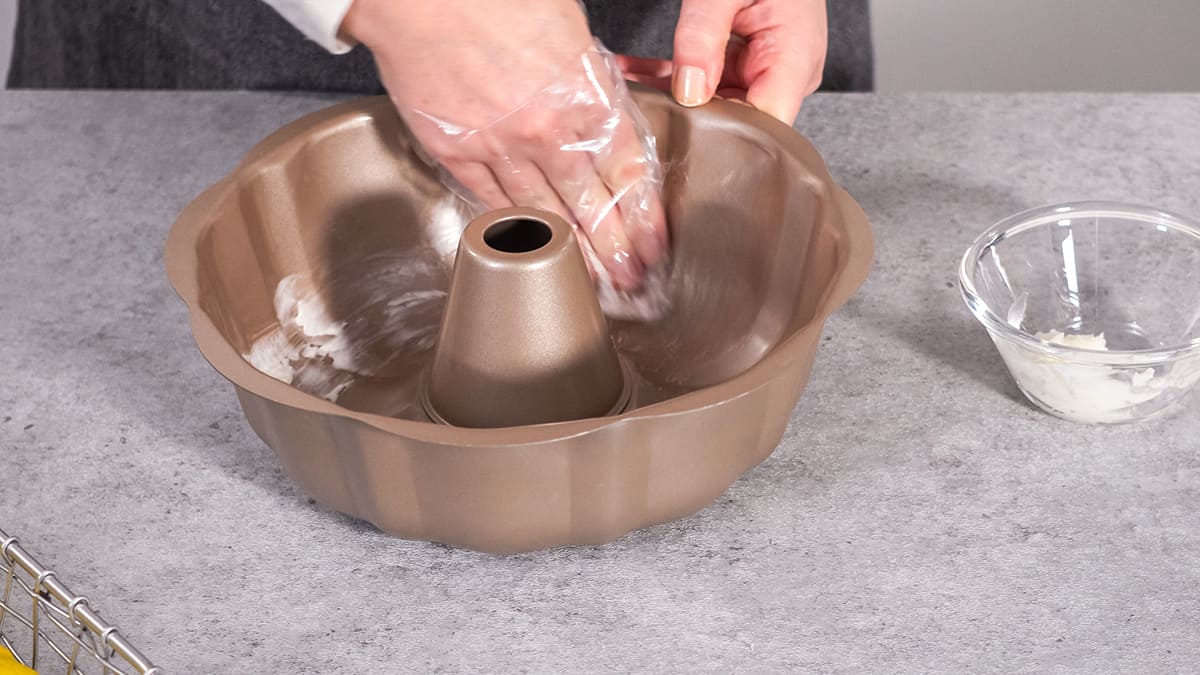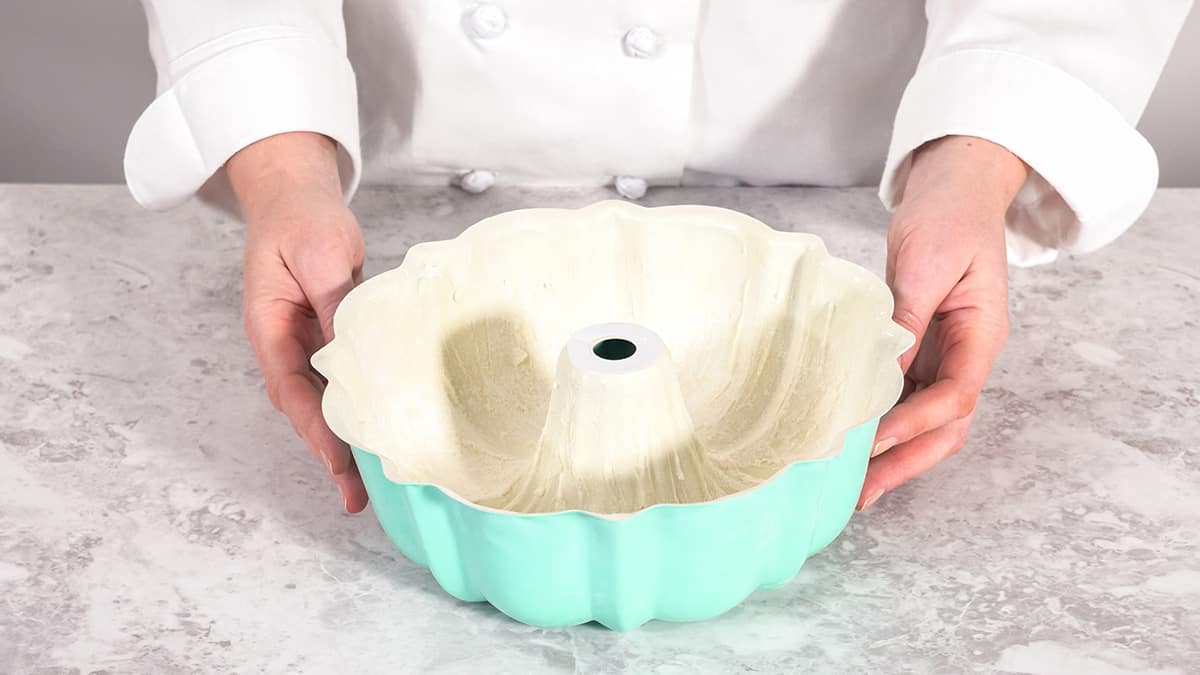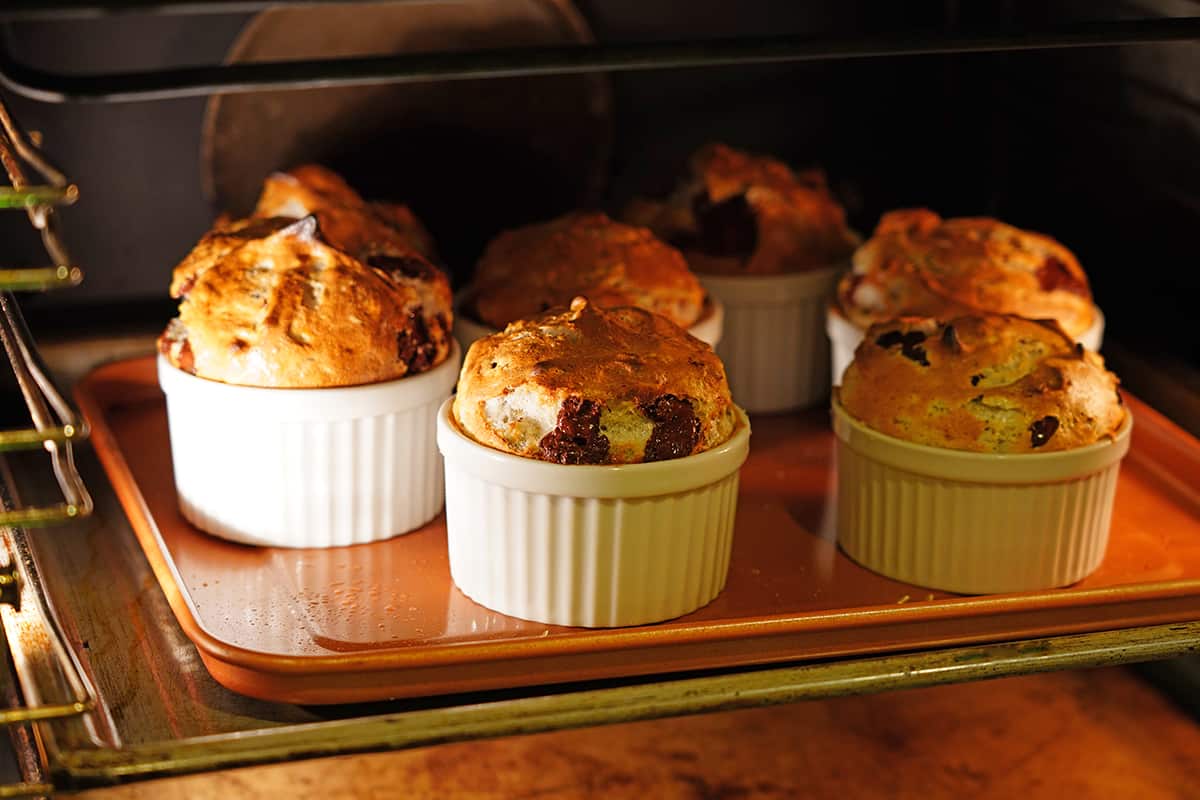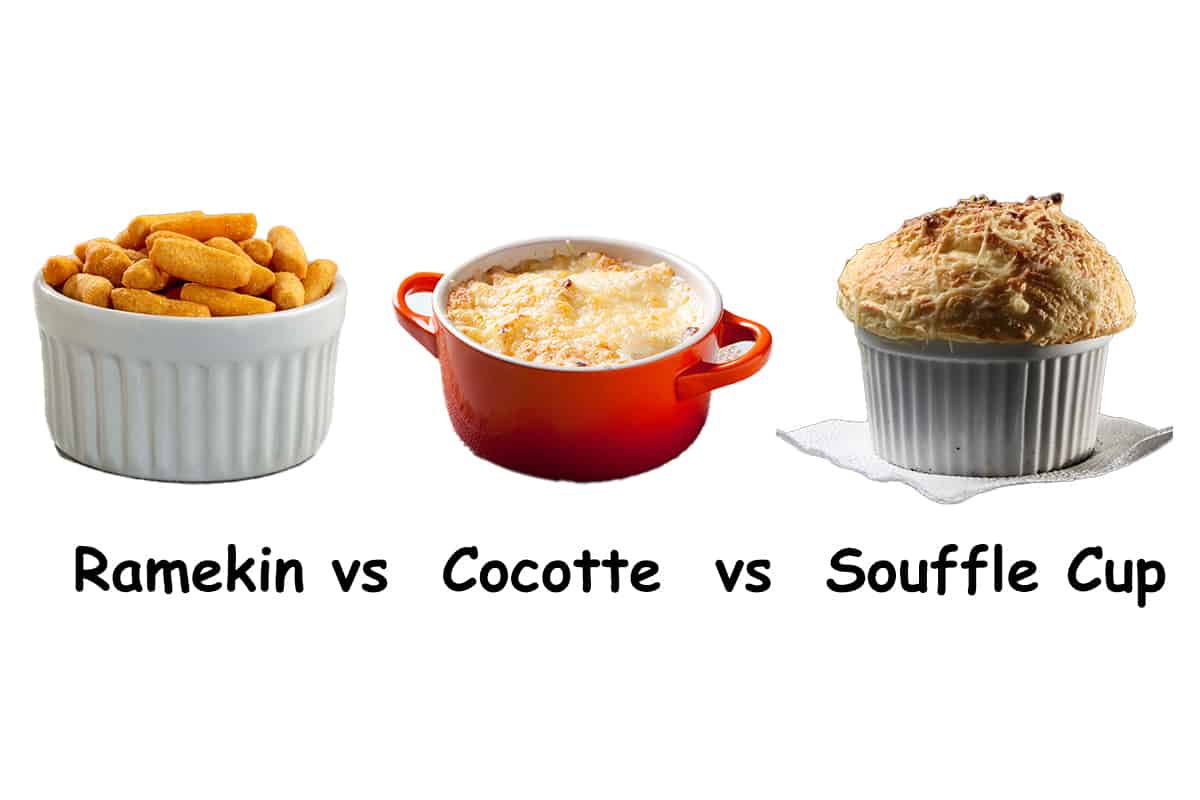Springform pans can be a useful piece of kitchen equipment for home baking. Here we will look at the various sizes available, and that size will work best for particular recipes.
What is a Springform Pan?
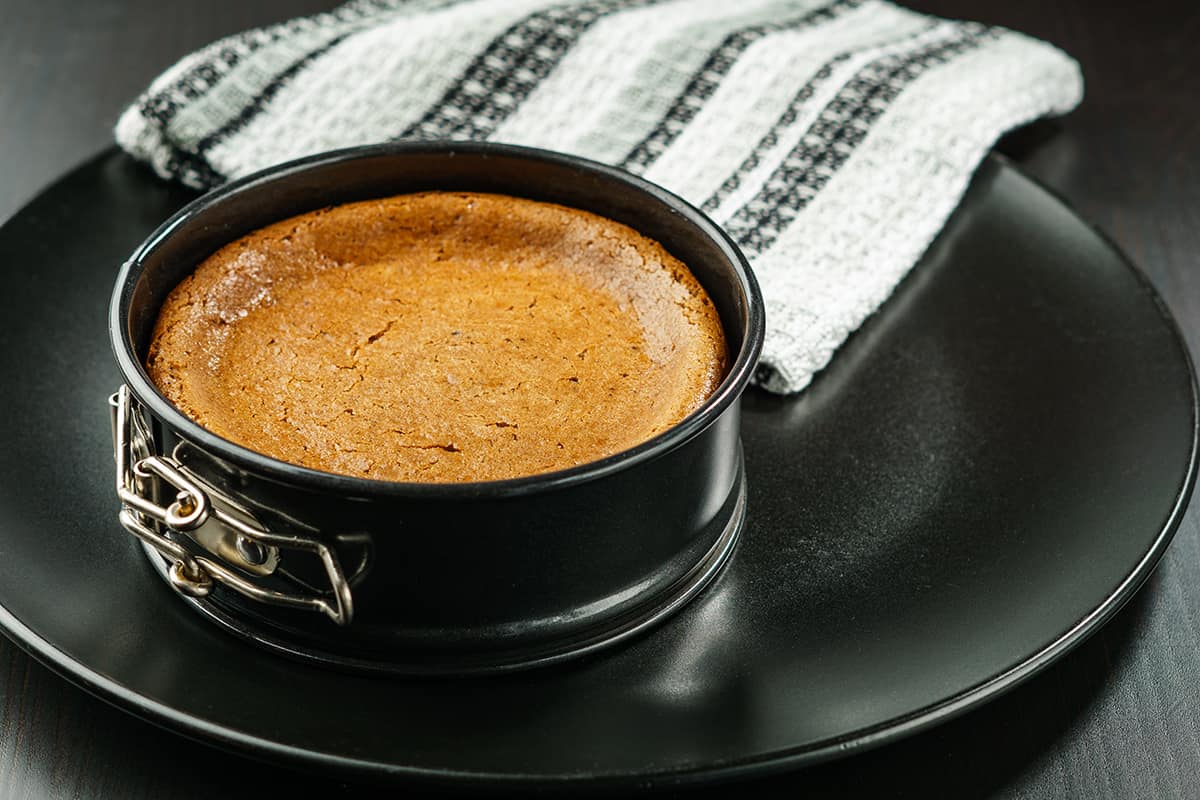
If you are a keen home baker, then you will be familiar with a springform pan. This is a piece of bakeware that has two separate pieces; the base and the walls. The base has a ride around the perimeter that the walls can slot into, and the two will lock together when the clip is tightened on the side of the walls.
The point of a springform pan is to make baking cheesecakes and other desserts easier, as you can unlock the clip on the walls once your food is baked, which means the walls expand and can be carefully removed from the cake.
The result is that your cake can come away from the pan in one whole, perfect piece, with no need for spatulas and other utensils to try to remove it from a regular baking dish. Springform pans are made from non-stick metal, so they are safe for use in the oven but should not be used in a microwave.
Standard Springform Pan Diameter Sizes
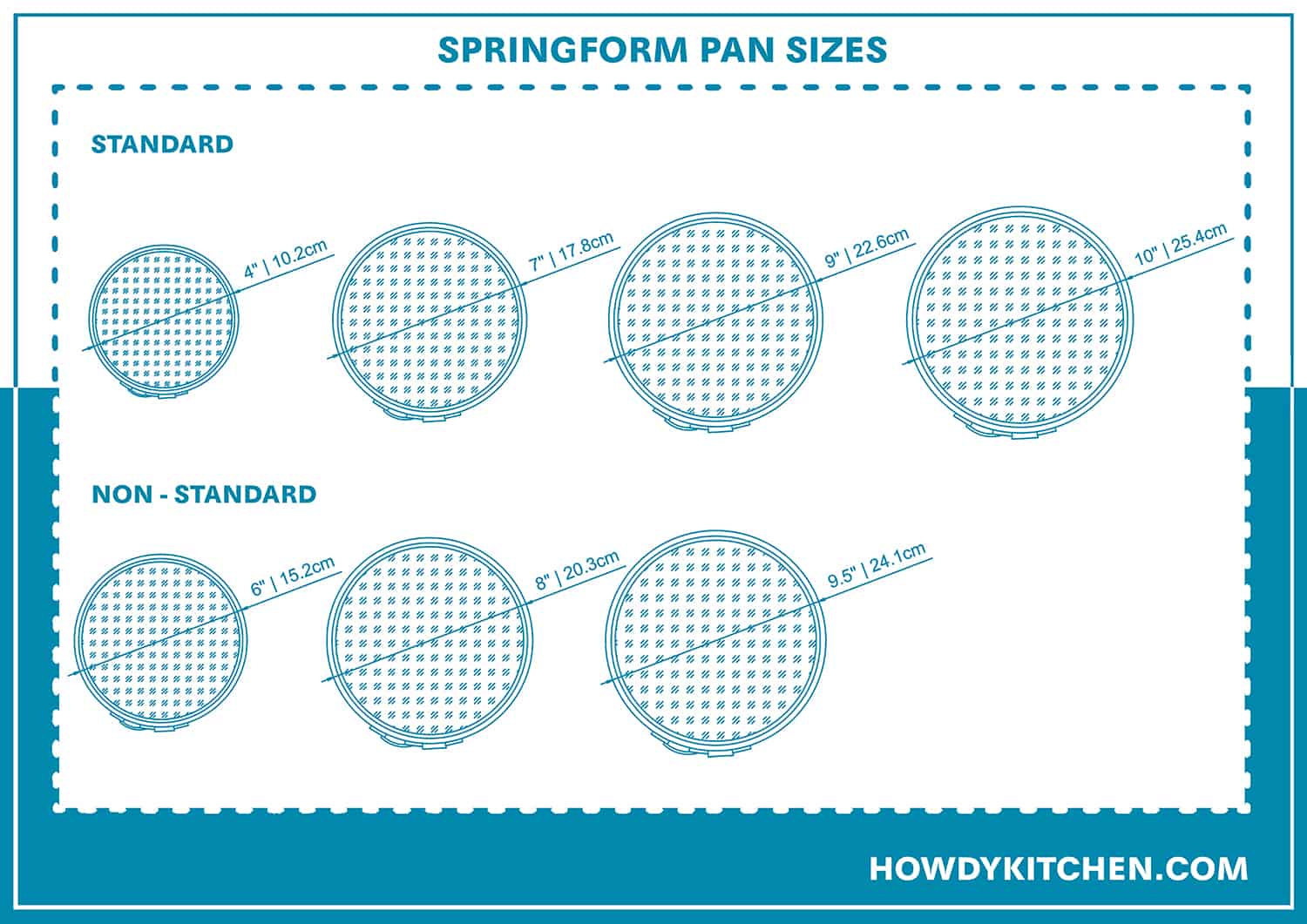
Springform pans come in several standard sizes. These are the sizes that you are most likely to encounter in a bakeware store and that most recipes will encourage you to use when baking.
4-inch
This is the smallest size of standard springform pan you are likely to find. It is an ideal size to make individual desserts in, which can look impressive at a dinner party. You could also use this size to make single desserts if you want to create a platter with a variety of flavors of cheesecake for people to sample.
7-inch
This is a small to medium size of springform pan that is great if you are making a dessert for a couple to share, for example, on Valentine’s Day. This size of springform pan is also good for making small birthday celebration desserts if you only have a few guests.
9-inch
This is probably the most common size of springform pan available. It is an ideal size for making family desserts, as it can be cut into multiple generous servings. If you are making cheesecakes, then you will find that most recipes call for a 9-inch pan.
10-inch
This is probably the second most common size of springform pan after the 9-inch pan. It offers a little extra room for making slightly bigger desserts that would be ideal for celebratory occasions for a larger number of guests, such as at Thanksgiving or Christmas.
Non-Standard Springform Pan Sizes
Springform pans come in various other sizes, but these are much less common, and so they are known as non-standard sizes.
6-inch
This is a good size of springform pan for small desserts to be shared between two people, or it offers a generous portion for one person.
8-inch
This is a medium size of springform pan that will work well when cooking desserts for a family.
9.5-inch
This is a less common size of springform pan, but it is a good all-rounder that will probably see plenty of use in a kitchen because it sits halfway between the two most common sizes of pan.
Springform Pan Depth Sizes
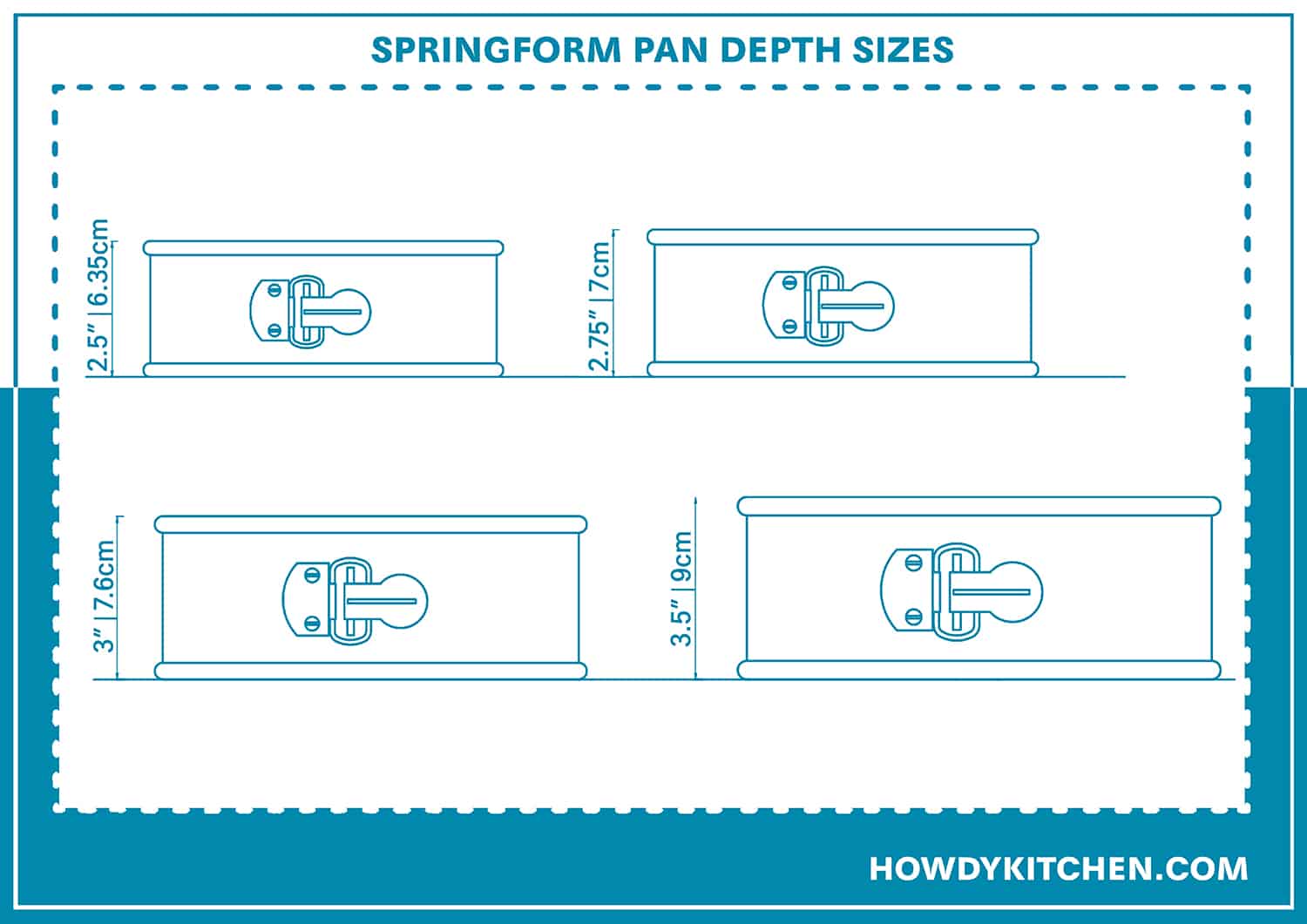
2.5-inch
This is the smallest depth you are likely to find on a springform pan. Springform pans with diameters from 4 inches right through to 10 inches can have a depth of 2.5 inches, showing us that the diameter size of the pan doesn’t necessarily affect the depth measurement of the pan. For regular cheesecakes, 2.5 inches in depth is adequate, but for double layer cheesecakes, you would need a greater depth. If you are baking cakes in a springform pan, you should also consider a greater depth than 2.5 inches to allow the batter space to rise.
2.75-inch
This is a common depth measurement for springform pans across all sizes. It offers a little extra space to work with compared to the 2.5-inch depths, but for cake batter, you will want a deeper pan to ensure no mess is made when it rises in the oven.
3-inch
This is a good depth size for springform pans because it makes the pans more versatile. They can be used for making cheesecakes, quiches, and other baked goods, as well as cakes that will rise when cooking.
3.5-inch
This is a tall depth of springform pan that is useful if you like to make impressively deep cheesecakes with several layers of flavor.
Uses for Springform Pans
Springform pans are quite versatile, being suitable for making savory dishes as well as the desserts they are more commonly associated with.
Cheesecake
Springform pans are excellent for making cheesecake. The breadcrumb base of a cheesecake means that nothing will seep out of the pan where the walls connect to the base, and the ease of which the pan can unlock and be removed means that a cheesecake will look perfectly formed when finished. Baking cheesecakes is among the most popular uses for springform pans.
Quiche
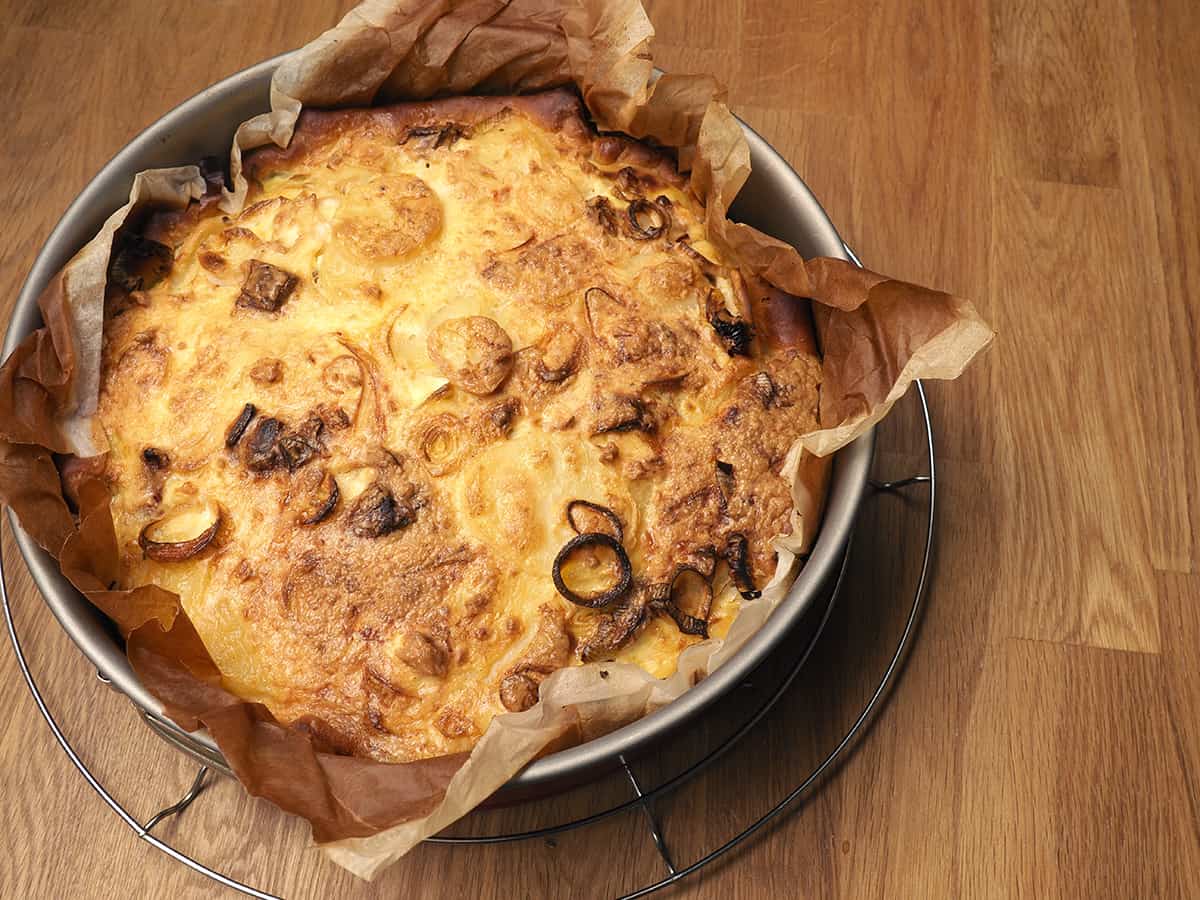
If you don’t have a ceramic pie dish, you can use your springform pan to make a quiche; just note that it will have vertical edges rather than edges that slope outwards. It can be tricky to assemble your quiche pastry in a springform pan, but the results will be worth the trouble.
Pie
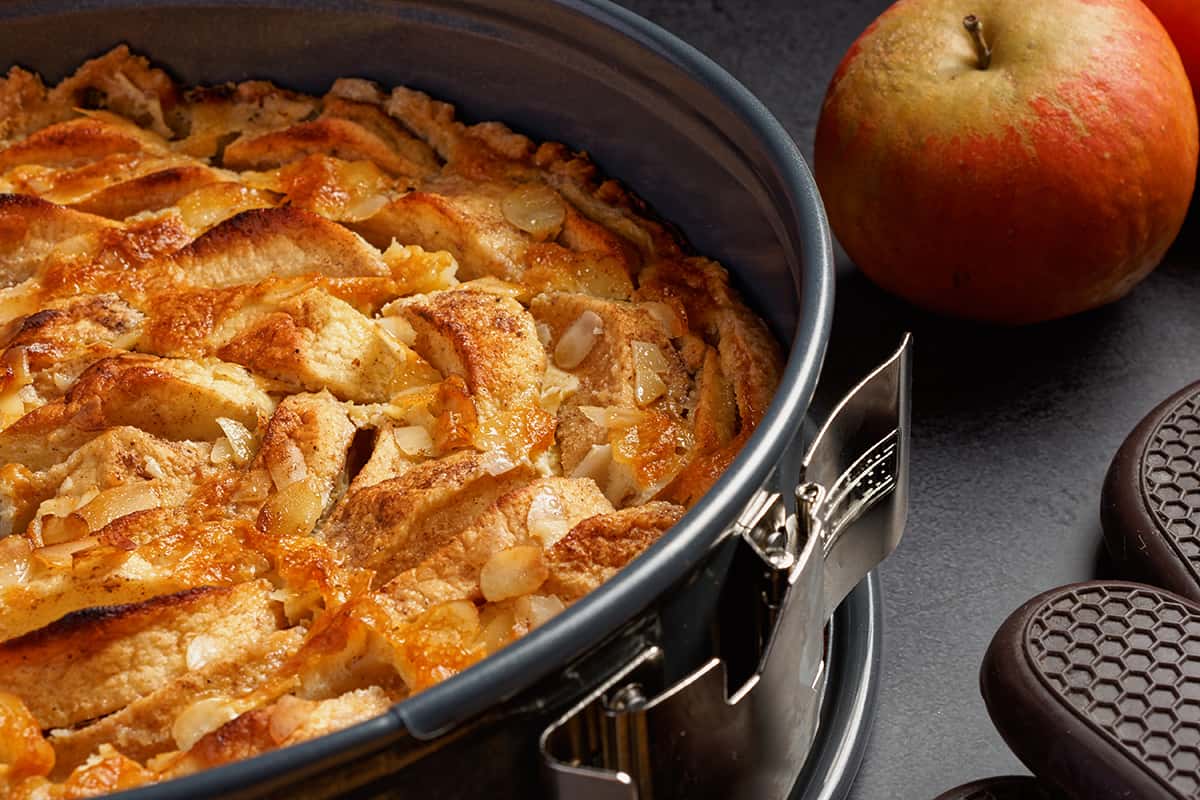
Both savory and sweet pies can be made in a springform pan in the event that you want to make these dishes without a proper pie dish. Line the pan with your rolled-out pastry, then add your fillings as usual.
Cookie Pie
Cookie pies are a new trend that are growing in popularity. They typically involve making two layers of cookie dough, with chocolate spread or peanut butter layered between the cookie base and cookie lid. Springform pans work perfectly for this use.
Sponge Cake
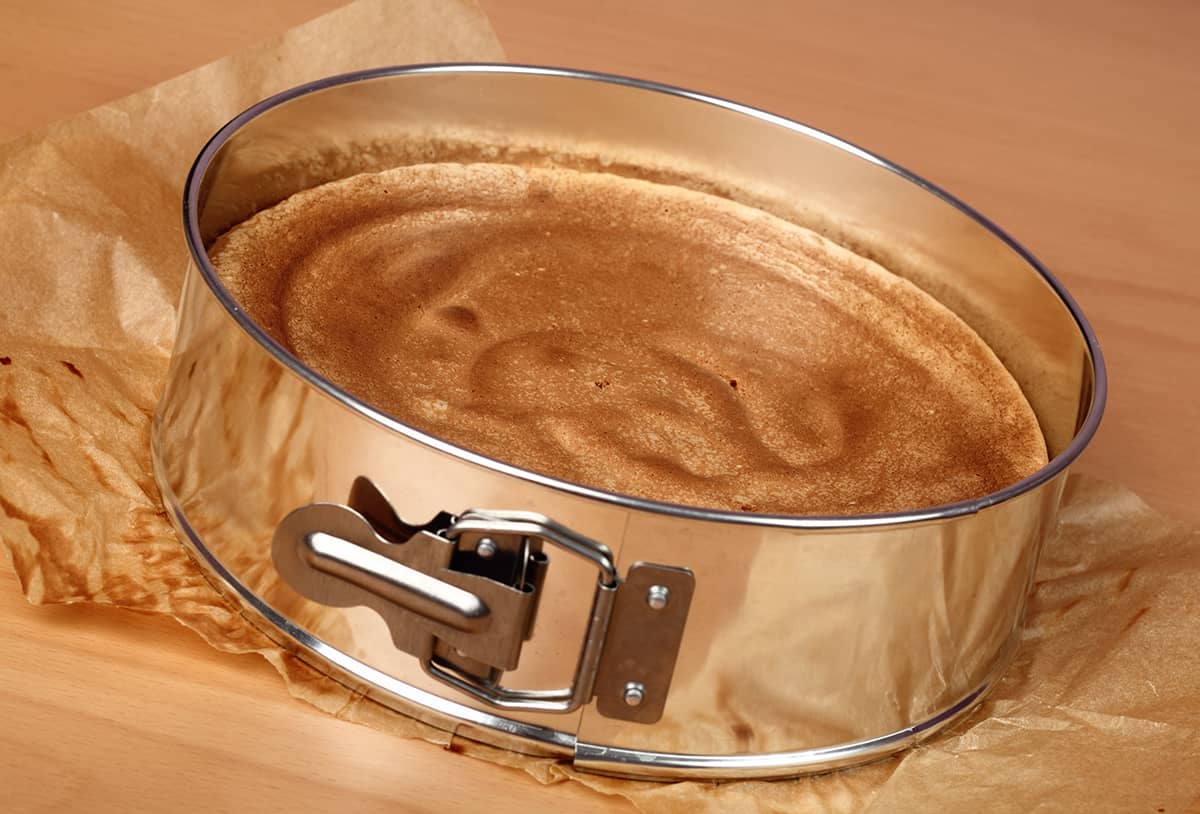
Cakes are often made using springform pans because it makes removing the cake from the pan much easier and results in a more professional-looking cake; however, be warned that cake batter can leak through the seam where the base of the pan connects to the wall of the pan. Buy a high-quality pan with a secure fastening to help avoid this, or line your pan with tin foil or baking parchment as an extra barrier.
